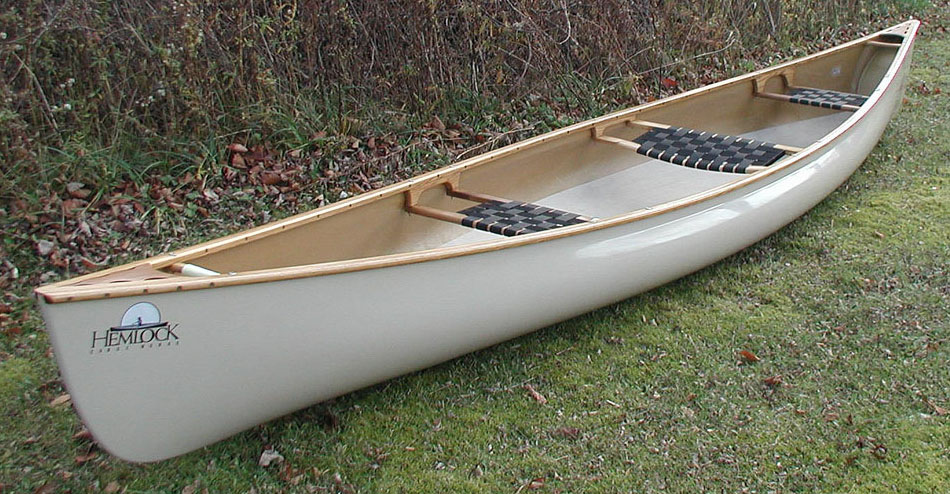I paddle my Spirit II mostly solo and at least twice a week. I don't know if you indeed paddled a Spirit II, but if you did, here is what I found paddling mine. I agree with all that stated, trim was your problem. An additional disadvantage in your case, the bow of the Spirit II is quite a bit taller than the stern, so the bow catches more wind, which contributed further to the problem you were having.
Solutions: I'll start with one that works great for many boats
but not this one. Paddling backwards from the bow seat forward.
This boat features an asymmetrical hull, with different bow and stern rocker. The noteworthy bit of information here is, asymmetrical hulls typically don't paddle well "backwards". Moreover, if yours is like mine, you'd have to sit backward on your bow tractor seat (Yellow Canoe already commented on how uncomfortable that would be) and there is a thwart right behind the bow seat which would also be in your way.
Now to the two solutions I found work well. One, already mentioned above, is to put a lot of weight in the bow. In the situations like the one you described, even to the effect that the boat is bow heavy (canoe looks deeper in the water in the bow vs. the stern compared to the water line). For general paddling, just put enough weight in the bow to achieve a mostly flat (even) trim. I paddled my Spirit II that way, using dry-bags filled with water as weight in the bow. I am 210lbs and found roughly 30 - 40L of water, placed as far forward as possible, is adequate. However, that is a lot of weight handling, filling bags, lifting them into the canoe...etc. A solution I like better is the additional kneeling thwart I installed about half way between the stern seat and the center thwart. I now only need 20L of water in the bow for good trim, and sitting closer to the center increases boat maneuverability a lot! I paddle a lot with my 11 year old (about 80 pounds), and I find with her in the bow and me on the kneeling thwart, the boat has great basic trim. Glenn suggested installing a seat in the center of the boat. I did that also because I wanted the additional seating. I have paddled my canoe from that center seat, but it becomes so spirited, it takes a lot of control to paddle a straight line. Let it go out of true just a smidge and the canoe spins on a dime.
Good luck!


